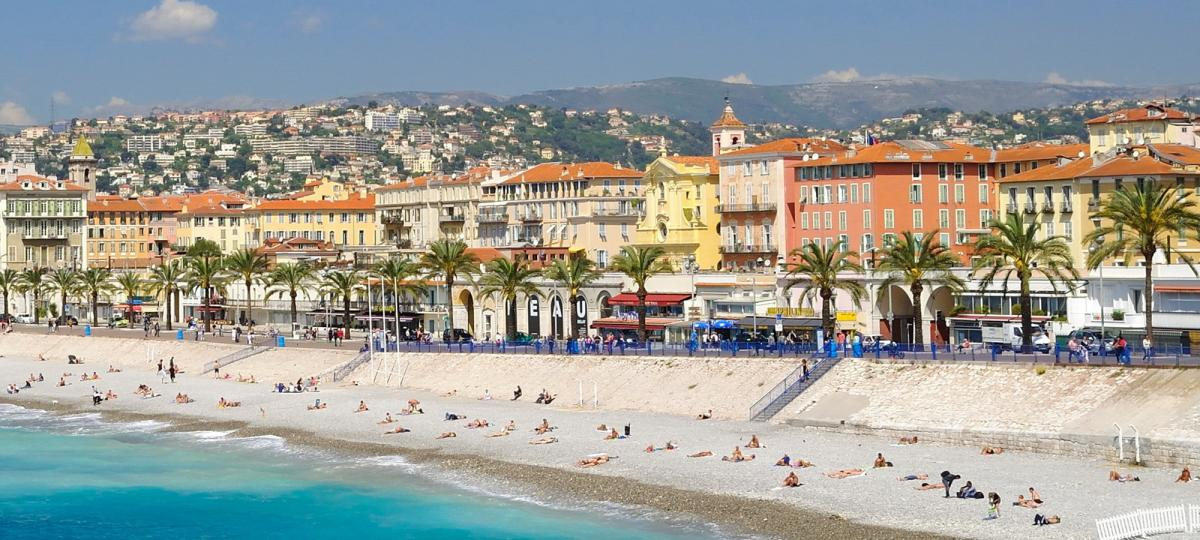The figure is now official. France welcomed 82.6 million foreign tourists in 2016. This figure does not include foreign tourism in the overseas territories, which accounts for more than 600,000 visitors, according to the tourism directorate of the Ministry of Foreign Affairs.
Therefore, France counted 83.2 million foreign tourists last year, compared to 84.5 million in 2015.
In terms of revenue, approximately 40 billion euros were collected in 2016, compared to 42 billion euros in 2015.
As known, 2016 was very difficult for tourism in France, doubly hit by the Paris attacks in November 2015, followed by the one in Nice on July 14th last year. The decrease last year accentuates France’s loss of market share in global tourism.
Despite these figures, France remains the world’s top tourist destination. However, the gap is narrowing with its challengers, the United States (77.5 million tourists in 2015) and Spain (68.2 million).
2017 promises a clear recovery. Foreign tourist arrivals have been on an upward trend since the last quarter of 2016.
On the Côte d’Azur, attendance decreased by 3% in 2016, but in 2017 the recovery is here
“Tourist activities (culture, leisure, visits, sports) constitute a major economic issue for our territory,” explains David Lisnard, President of the Regional Tourism Committee (CRT) Côte d’Azur France. A series of promotion and relaunch actions have been initiated since the signing of the destination agreement called “Côte d’Azur France, land of events” with the State.

A novelty:
Starting June 15th, visitors to the Côte d’Azur can access a new website cotedazurfrance.ceetiz.com, allowing them to book and purchase some 250 activities in the Côte d’Azur offered by 55 providers.
Thanks to the partnership between voyages-sncf.com and the CRT, upon their arrival at the Cannes and Nice train stations, travelers will be invited to discover leisure activities on the Côte d’Azur via this site.
This is a real progress, especially since today destinations have largely lost contact with their visitors (less than one in five visitors goes to a Tourist Office) and that leisure purchases are largely made on site.


